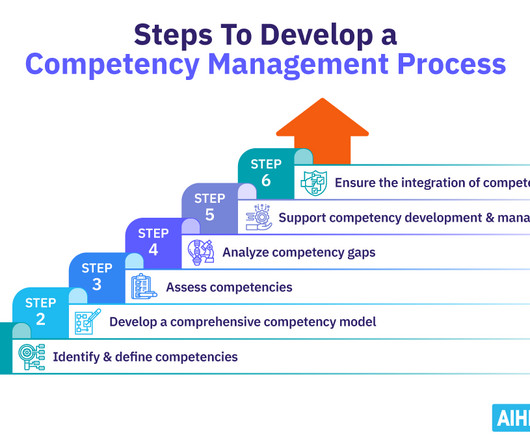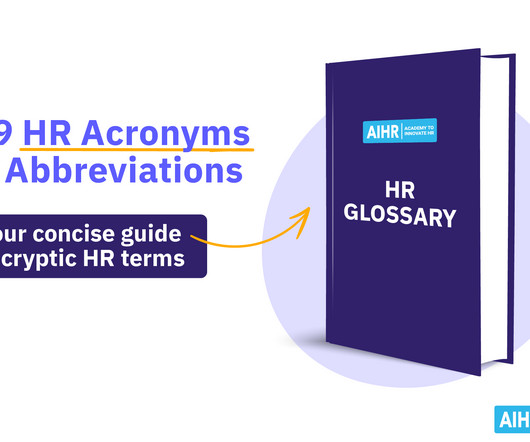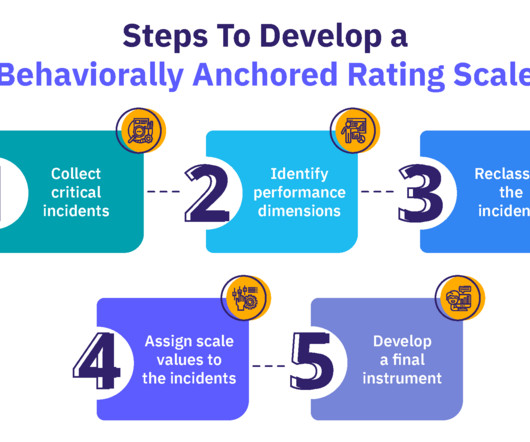What is Competency Management? Best Practices To Drive Performance (in 2023)
AIHR
JULY 3, 2023
A step-by-step guide to developing a competency management process How do you ensure competency management is well-implemented? But here are some methods to consider: Action plan Complete a detailed job analysis to identify the tasks and responsibilities for each position. Competency management is a multi-step process.













Let's personalize your content